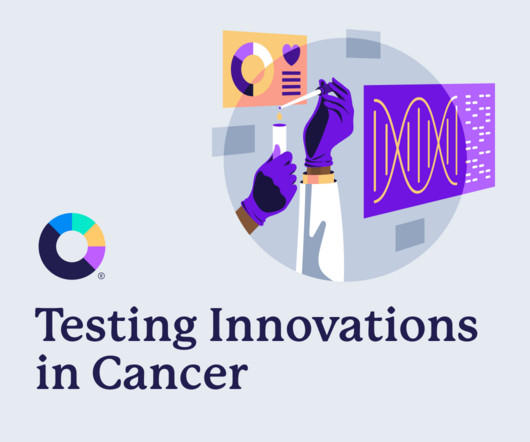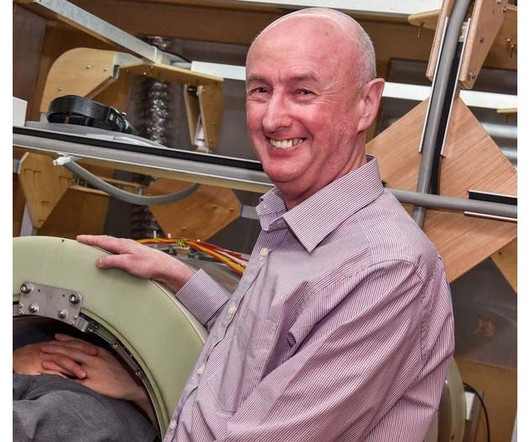Late-stage breast cancer incidence increasing in U.S. women
AuntMinnie
DECEMBER 10, 2024
The rate of late-stage breast cancers is on the rise in the U.S., according to findings published December 10 in Radiology. This goes for women in all age groups and women who are Asian, Black, Hispanic, and Native American, according to the report written by Edward Hendrick, PhD, from the University of Colorado in Aurora and Debra Monticciolo, MD, from the Foundation for Imaging Research and Education in Temple, TX.








































Let's personalize your content